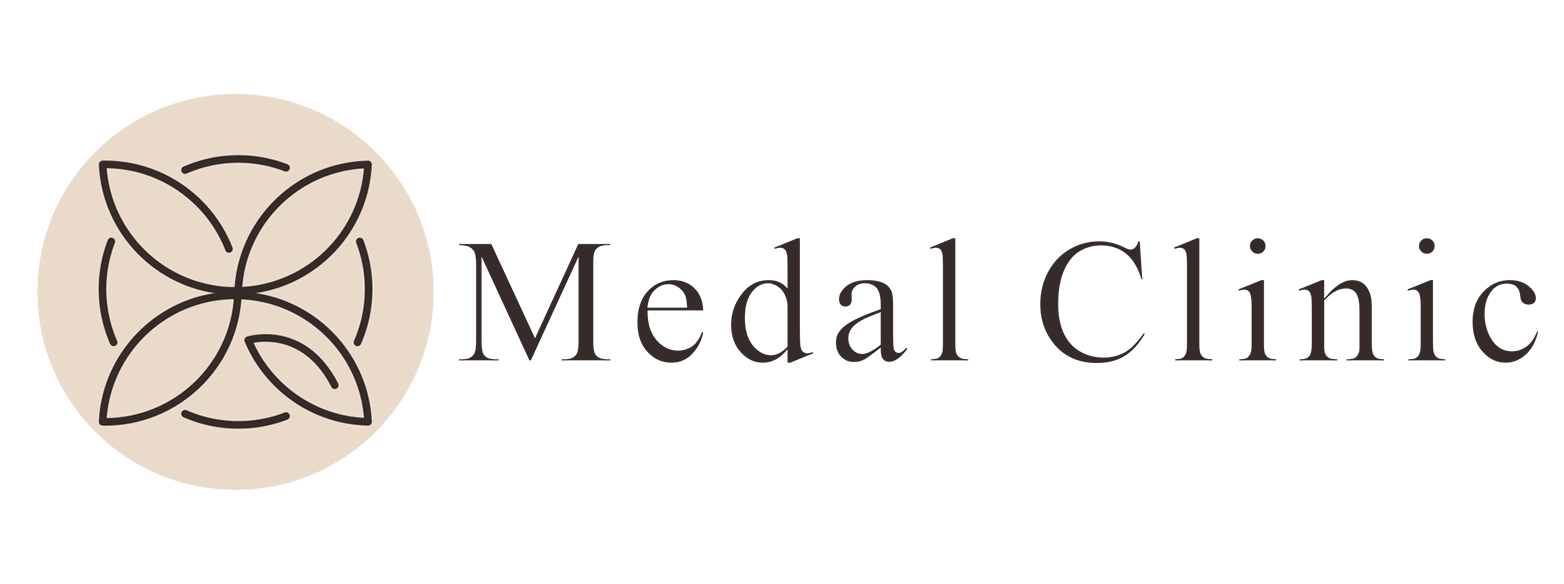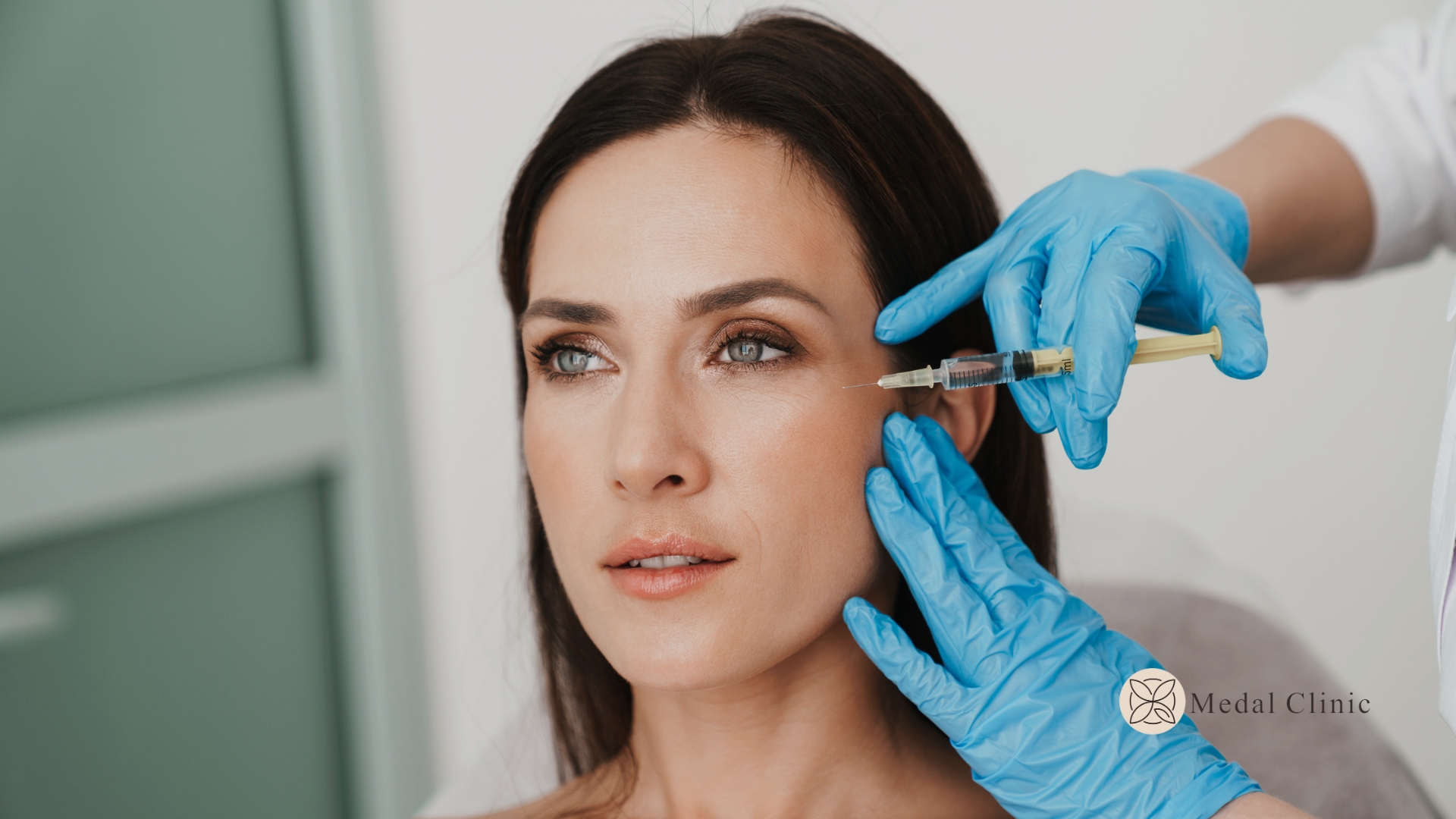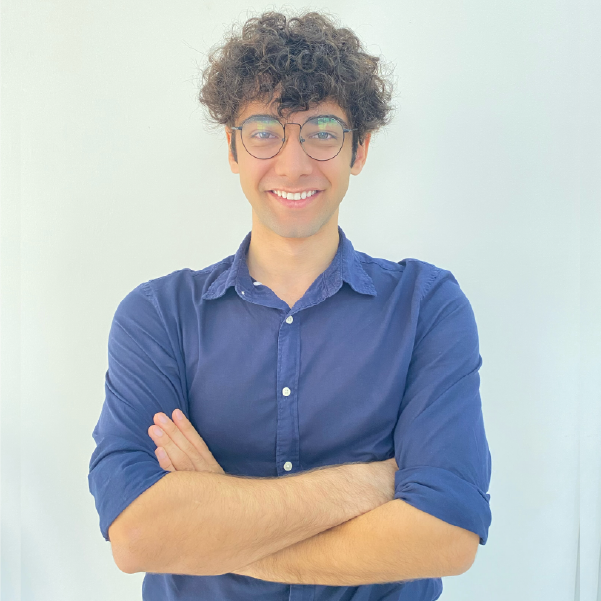Temple Filler
Advancements in the field of aesthetics offer many options to improve one’s appearance. One of these options is a procedure called “temple filling.” Temple filling is a cosmetic procedure commonly chosen to correct noticeable depressions in the hairline and achieve a more youthful look.
Temple filling is typically performed using hyaluronic acid-based fillers. Hyaluronic acid is a natural compound that maintains the skin’s moisture balance and enhances its elasticity. Temple filling involves injecting this filler substance into the temple area. This procedure helps to plump up depressions in the hairline and create a younger and more natural facial contour.
How is temple filling done?
Temple filling should be performed by an aesthetic doctor or dermatologist. The procedure is typically carried out under local anesthesia.
Before the procedure, your doctor will assess your skin structure and needs and select the most suitable filler material for you.
The filler substance to be injected into the temple area is applied using a thin needle or syringe.
The procedure usually takes 15 to 30 minutes, and normal daily activities can be resumed afterwards.
How long does temple filling take?
The results of temple filling can vary from person to person. Generally, the effects of the filler can last between 6 to 12 months. Regular follow-up appointments with your doctor are important to extend the duration of the effects. Your doctor can also recommend suitable maintenance methods for longer-lasting results.
Is temple filling a painful procedure?
Temple filling procedure is usually associated with minimal pain or discomfort. The application of local anesthesia before the procedure helps minimize any discomfort. There might be a slight burning or stinging sensation in the area where the filler is injected, but it is generally tolerable.
What issues can temple filling correct?
Temple filling is preferred to correct depressions in the hairline and provide a fuller appearance. Depressions in the temple area can result from aging, genetic factors, or irregularities in the hairline. Temple filling helps create a more symmetrical facial contour, enhancing a sense of youthfulness and vitality.
What are the side effects after temple filling?
- Temple filling procedure is generally safe and free of side effects. However, like any procedure, some temporary side effects may occur.
- Mild redness, swelling, or bruising may occur at the injection site. These side effects typically resolve within a few days.
- Rarely, serious side effects such as infection, allergic reactions, or improper placement of the filler substance may occur. Therefore, it is important to have the procedure performed by a skilled healthcare professional.
Temple Filling: The Way to Achieve a Youthful and Natural Hairline
The aging process often leads to irregularities and depressions in the hairline for many individuals. Depressions in the temple area can result in asymmetric facial contours and create an impression of aging. However, aesthetic procedures like temple filling offer a solution to overcome these issues.
Temple filling is a procedure used to correct the hairline, provide a fuller appearance, and rebalance facial contours. This procedure involves injecting natural fillers such as hyaluronic acid into the temple area. Hyaluronic acid is a natural compound that maintains the skin’s moisture balance and enhances its elasticity. The filler substance injected into the temple area fills depressions, improves the hairline, and helps achieve a more youthful appearance.
Temple filling provides natural-looking results that give a sense of youthfulness and vitality. The procedure should be performed by an aesthetic doctor or dermatologist. Prior to the procedure, your doctor will assess your skin structure and select the most suitable filler material for you. This is important to achieve the desired results as individual needs may vary.
During the temple filling procedure, local anesthesia is applied to minimize any pain or discomfort. The procedure usually takes 15 to 30 minutes, and you can resume normal daily activities immediately afterwards. Side effects are generally minimal, but mild redness, swelling, or bruising may occur at the injection site. These side effects typically resolve on their own within a short period.
The effects achieved from temple filling can vary from person to person. Generally, the effects of the filler can last between 6 to 12 months. However, regular follow-up appointments with your doctor are important to maintain the effects for a longer duration. Your doctor can advise you on the appropriate maintenance methods to extend the longevity of the filler.
Temple filling is an effective option for correcting depressions in the hairline and rebalancing facial contours. It is ideal for individuals who desire a younger and more natural appearance. Temple filling addresses irregularities in the hairline and creates a more symmetric facial appearance.
After the procedure, there is usually no visible scar or significant change. The results appear natural and impressive. Temple filling has become a safe and effective procedure with advancements in the field of aesthetics.
In Conclusion
Temple filling is a preferred aesthetic procedure for correcting depressions in the hairline and achieving a youthful, natural appearance. This procedure, performed using natural fillers such as hyaluronic acid, is applied with minimal pain or discomfort and generally requires a short recovery period. The results are natural and impressive, often lasting between 6 to 12 months. Temple filling helps balance facial features and enhances overall facial symmetry.
The temple filling procedure should be performed by a skilled healthcare professional. Prior to the procedure, it is important to have a detailed discussion with your doctor, share your expectations, and have your skin evaluated. Local anesthesia will be applied during the procedure, and the filler will be injected into the temple area. After the procedure, you may experience a mild burning or tingling sensation, but it is usually tolerable.
The recovery process after temple filling is generally short and comfortable. You may experience slight redness, swelling, or bruising at the injection site, but these typically subside within a few days. You can resume your normal daily activities immediately after the procedure.
Temple filling is generally a safe and low-risk procedure. Rarely, serious side effects such as infection, allergic reactions, or improper placement of the filler may occur. Therefore, it is important to have the procedure performed by an experienced healthcare professional.
FAQ's about Temple Filler
Is temple filling a painful procedure?
No, temple filling procedure is generally associated with minimal pain or discomfort. Local anesthesia is applied during the procedure to prevent or minimize any pain sensation. You may feel the needle injection, but it is usually at a tolerable level.
How long does temple filling last?
The duration of the effects obtained from temple filling can vary from person to person. Generally, the impact of the filler can last between 6 to 12 months. This duration can vary depending on the characteristics of the filler used and the individual’s skin structure.
What is the recovery process after temple filling?
Usually, there is no need for a recovery period after temple filling. You may experience mild redness, swelling, or bruising as side effects, but these typically subside within a few days. You can resume your normal daily activities immediately after the procedure.
Is temple filling a risky procedure?
Temple filling is generally safe and low-risk. However, like any procedure, rare complications such as infection, allergic reactions, or improper placement of the filler may occur. Therefore, it is important to have the procedure performed by a skilled healthcare professional and follow their instructions
Can other aesthetic procedures be performed along with temple filling?
Yes, sometimes other aesthetic procedures can be performed along with temple filling. For example, it can be combined with other facial filler treatments or Botox applications. However, this decision should be evaluated by your treating doctor and applied when deemed appropriate for you.












